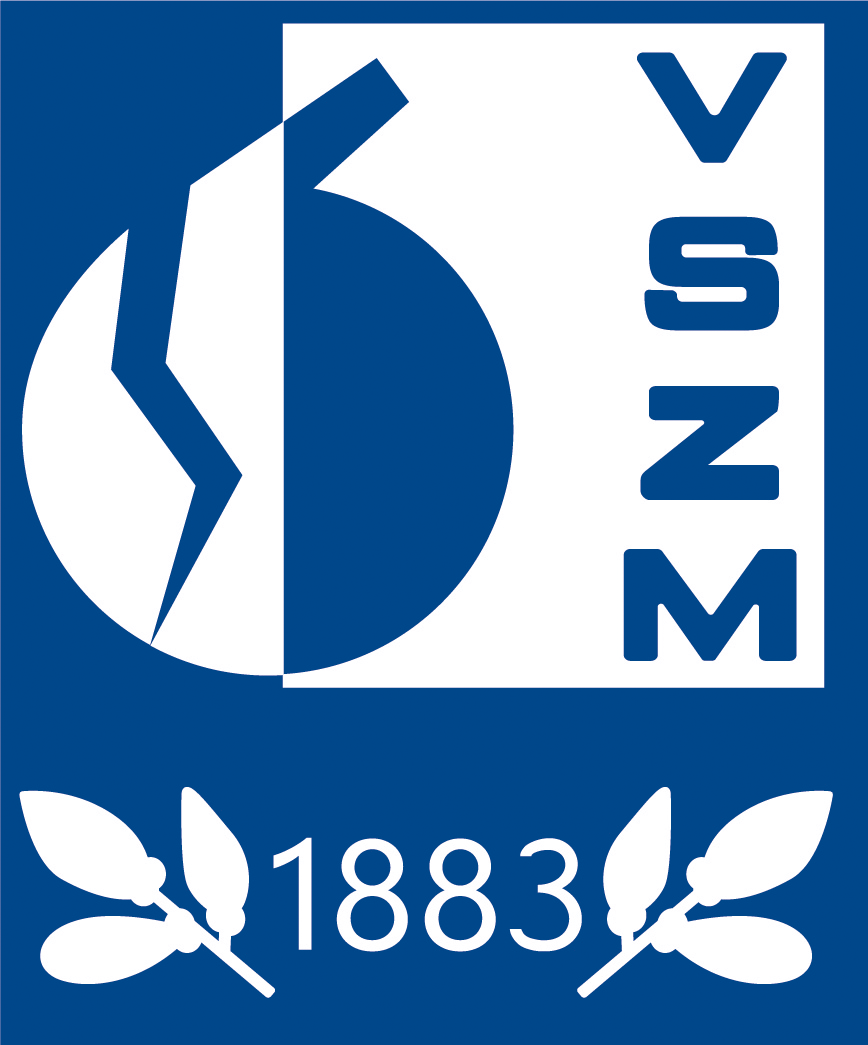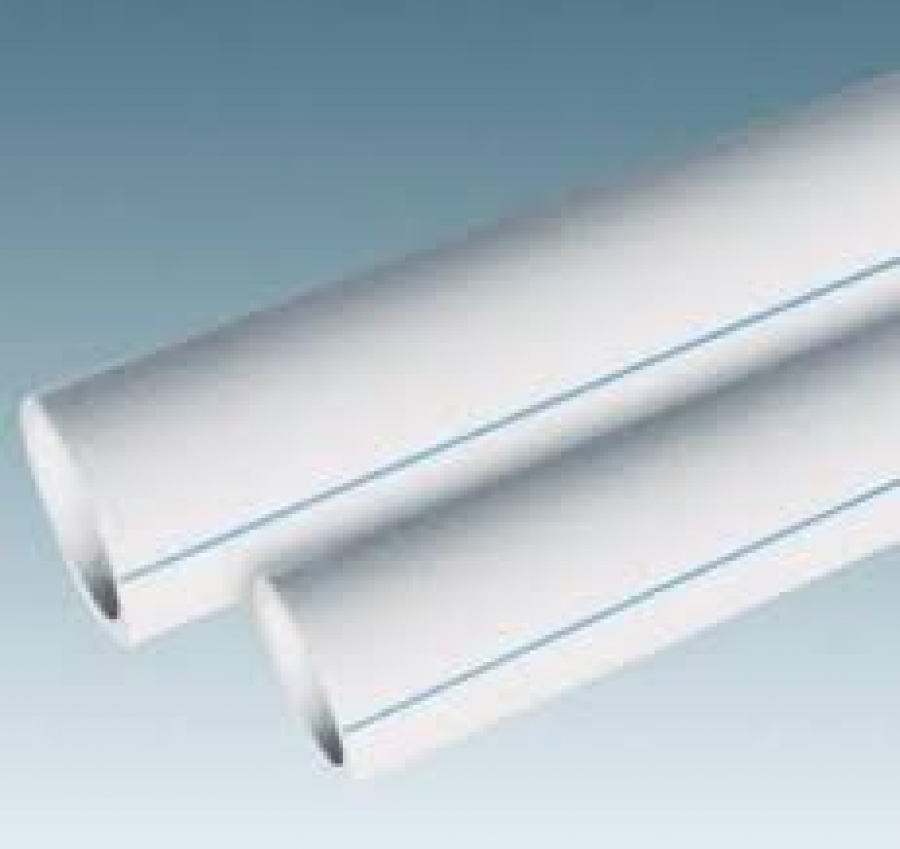Standard: MSZ EN ISO 15874 – 1: 2004, MSZ EN ISO 15874 – 2: 2004, DIN 4726 :2000
Number of technical permission in building industry: A – 184/1999, A – 190/1996
Application field: Pipes are applicable for heating systems, like wall and under-floor heating, climate and heating systems with radiators of low temperature with the following network profiles (working temperature / pressure.)
Wall and under-floor heating system, climate and radiator heating of low temperature: 70oC / 4 bar
Selection of pipe’s dimension happen according to the working temperature and pressure (4-10 bar) compliance with the Table Nr.1.
- The three-layer pipes have a preventing layer against oxygen diffusion.
- Single-layer pipes can be applied with the following conditions: These pipe has not any preventing layer against oxygen diffusion, therefore in the heating network should be prevented those parts, which are capable for corrosion (separation with heat-changer, additive – inhibitor – in the heating system, application of non-corrode materials, etc.)
Material: random polypropylene (PP – R)
Execution:
- Single-layer type
- Multi-layer type NOOXYPIPE® – 3
Colour:
- Self-coloured or
- According to customers’ requirements
Execution: in 300 metres long rolls
Nominal dimensions and strength properties see below on the bottom of this page.
Structural properties of the polypropylene pipe.
Basic pipe:
At both execution/types the inner pipe is called, which is in direct connection with the heating-agent and meets the necessary requirements (lifetime, temperature, pressure, etc.)
Material: random polypropylene – marking – PP – R
Outer layer:
It can be found only at NOOXYPIPE ®– 3 – a plastic preventing layer, which can reduce and stop through the wall of pipe the oxygen diffusion in the pipe.
Material: Ethylene – vinyl-alcohol ( EVOH ) copolymer
Middle layer:
It can be found only at NOOXYPIPE ®– 3 – Binding or adhesive layer, which help by sticking of inner layer (basic pipe) and outer layer
Material: special plastic polymer
The layers of the three-layer NOOXYPIPE® – 3 PE – RT are developed during the production, and through its lifetime they cannot be broken off each other.
Quality properties:
Raw material: random polypropylene ( PP – R ) according to prescriptions of MSZ EN ISO 15874 – 2, VSZM AS 26 / 99
Finished product:
Dimension:
Dimensions and tolerances meets the requirements of Standard’s prescription EN ISO15874 – 2: 2004. (Table Nr.2.)
By multi-layer pipe the wall thickness is related only to the basic pipe!
Thickness of preventing layer: 0,08 mm
Thickness of adhesive layer: 0,04 mm
Thickness of preventing and adhesive layer together: max. 0,12 mm
Strength characteristic / degree:
A non-dimensional number, which describe the strength of the pipe.
Marking: S
Calculation formula: S = (dn– en) / 2en (dn= outer diameter, en = wall thickness)
Lifetime: minimum 50 years, according to application experiences and calculations, supposing a pipe with recommended strength applied in heating systems, described in the Standard.
Surface:
Smooth outer and inner surface. On the outer surface any scratches, which can be damaging the preventing layer are not permitted. On the inner surface some linear slight scratches, which developed during the production and does not influence the strength and lifetime of the pipe can be permitted.
Bending radius: min. 6 d
Degree of Oxygen diffusion : less, than 0,1 g/m3/day
Chemical-proof quality:
Resists chemical materials according to ISO TR 10358 : 1993
Weather-proof quality:
The pipe’s material can be damaged by UV radiation. Through a longer storage the pipe should be prevented from the damaging effects of weather (storage in roofed site).
Marking:
Application and identification details are indicated by the producer on the outer surface of the pipe in every metre, which is well readable without any expedient.
Colour:
Self-colour or according to customer’s requirements. Light transmission is according to MSZ EN ISO 15874 – 2 – 5.2
Application guide:
Dimension of pipes should be selected according to the expected / planned properties of the heating system, the selection of VSZM’s RANDOM POLIPROPILÉN pipes are suggested in the following table.:
Requirement: the strength should be lower, than in table Nr. 1.
Application of PP – R pipes Table Nr.1.
|
Classification of Temperature / Pressure |
||||
|
4 bar |
6 bar |
8 bar |
10bar |
|
|
Class No.4. |
Scalc,max=6,9 |
Scalc,max =5,5 |
Scalc,max =4,1 |
Scalc,max =3,3 |
|
40°C and 60°C under-floor heating system on low temp., with radiators |
12×1,3; 14×2; 15×1,7; 16×2; 17×2; 18×2; 20×2; 22×2 |
12×1,3; 14×2; 15×1,7; 16×2; 17×2; 18×2; 20×2; 22×2 |
14×2; 15×1,7; 16×2; 17×2; 18×2 |
14×2 |
|
Class No.5.* |
Scalc,max =4,8 |
Scalc,max =3,2 |
Scalc,max =2,4 |
Scalc,max =1,9 |
|
60°C and 80°C High temp., with radiators |
12×1,3; 14×2; 15×1,7; 16×2; 17×2; 18×2; 20×2 |
14×2 |
– |
– |
*= only for VSZM’s PP-R NOOXYPIPE® -3 pipes prevented against oxygen diffusion
Table No.2.
|
Dimensions of VSZM PP-R pipes and the value of Scalc according to MSZ EN ISO 15874-1:2004 |
|
|
Outer diameter x wall-thickness (mm) |
Scalc |
|
12×1,3 |
4,12 |
|
14×2 |
3,00 |
|
15×1,7 |
3,91 |
|
16×2 |
3,50 |
|
17×2* |
3,75 |
|
18×2 |
4,00 |
|
20×2* |
4,50 |
|
22×2 |
5,00 |
* = standard production
In case of pipes, they are not prevented against oxygen diffusion – if necessary – in the heating network should be prevented those parts, which are capable for corrosion (separation with heat-changer, additive – inhibitor – in the heating system, application of non-corrode materials, etc.)
The PP-R under-floor heating pipes can be laid directly in concrete and suitable to make all kind of heating systems specified by the Standard MSZ-EN 1264-1; 1999.
- By storage, transport and install the pipe should be prevented from any damaging. Installation of damaged and dirty pipes is forbidden!
- The pipe must not be broken by installation!
- The heating of the pipe by flame is forbidden. (If it is needed just by hot water.)
- Installation of PP – R pipes under 10oC is not recommended.
- For bending pipes it is practically to use a bending bed – mostly at minimal bending radius (min. 6d)
- Pipes can be equally bounded by disengaged – clamping, otherwise by express junction, not releasable moulded metal bind. (The supplementary control and drive in of binding should be assured.), (Threaded bindings must not be concreted)
- The straight parts of the system and the binding of the pipes should be formed according the thermal expansion rules.
- The heating system should be planned by a responsible designer and according to the plans should be completed and put in working by the guidance and control of a qualified technician.

